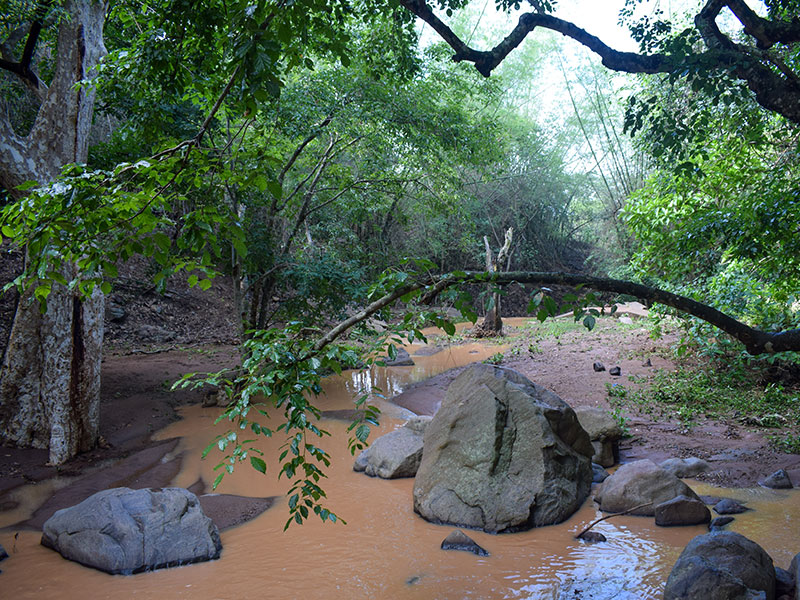The intricate dance between nature and humanity has shaped our world since time immemorial. In recent years, as our understanding of ecosystems deepens, a practice rooted in tradition and wisdom is gaining prominence – indigenous planting. This age-old technique has proven to be a powerful ally in fostering environmental health, and in this blog, we delve into the transformative impact of indigenous planting on our planet.
Returning to Our Roots: The Essence of Indigenous Planting
Indigenous planting is not merely about cultivating plants; it’s about embracing the natural rhythms of the land. It involves the selection and propagation of native plant species that have coexisted harmoniously with their surroundings for generations. By returning to these native species, we unlock a wealth of benefits that reverberate throughout our ecosystems.
Nurturing Biodiversity: A Symphony of Life
Indigenous plants are more than just greenery – they are keystones of biodiversity. These plants have evolved alongside local wildlife, providing essential food and habitat. By choosing indigenous species, we create spaces that attract native pollinators, birds, and insects, fostering a thriving ecosystem that is perfectly attuned to the region.
Ecosystem Resilience: A Web of Interconnectedness
The beauty of indigenous planting lies in its interconnectedness. As native plants take root, they contribute to soil health, prevent erosion, and enhance water retention. This symbiotic relationship extends to the surrounding environment, influencing climate regulation and promoting a balanced ecosystem.
Defenders of Diversity: Preserving Genetic Heritage
Indigenous plants are living repositories of genetic diversity. These plants carry within them the adaptations that have allowed them to survive and thrive in their specific habitats. By cultivating indigenous species, we become stewards of genetic heritage, preserving the intricate tapestry of life for generations to come.
Restoring Balance: Indigenous Planting and Environmental Conservation
In an era marked by environmental challenges, indigenous planting emerges as a beacon of hope. This practice holds the key to restoring fragile ecosystems, revitalizing degraded areas, and combating the loss of plant species. Indigenous planting aligns perfectly with the goals of conservation, offering a holistic approach that respects both the land and its inhabitants.
Kuyili’s Commitment to Indigenous Planting
At Kuyili, we recognize the intrinsic value of indigenous planting in promoting environmental health. Through our initiatives, we strive to reintroduce native plant species to their natural habitats, enriching ecosystems and fostering a sense of belonging. By embracing indigenous planting, we actively contribute to the restoration of our planet’s balance.
Embrace the Tradition: Join Kuyili
The practice of indigenous planting is a bridge between our past and our future. It’s a celebration of our connection to the Earth and a commitment to its well-being. By joining hands with Kuyili, you become part of this movement, nurturing native plants, revitalizing ecosystems, and safeguarding the legacy of our planet.
Seeds of Change
Indigenous planting is more than a gardening technique; it’s a philosophy that honors the intricate dance of life. By cultivating native species, we plant seeds of change that blossom into healthier ecosystems, thriving biodiversity, and a more harmonious relationship with the Earth. Join Kuyili in this journey of revival, and together, let’s nurture a world where indigenous planting paves the way for environmental health and ecological harmony.

